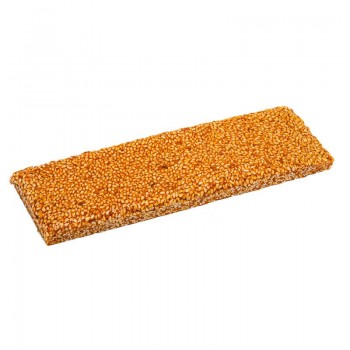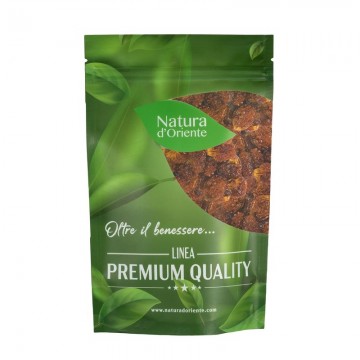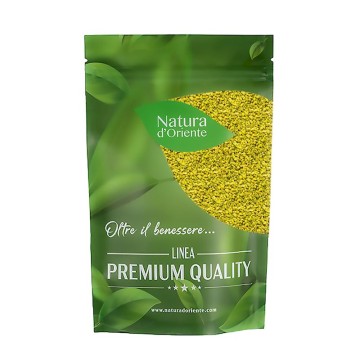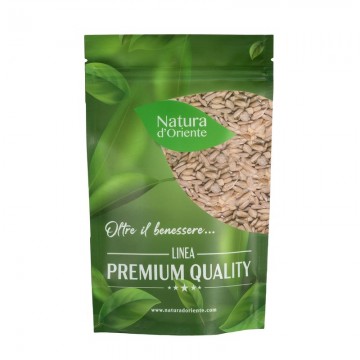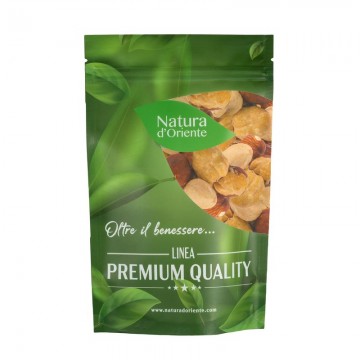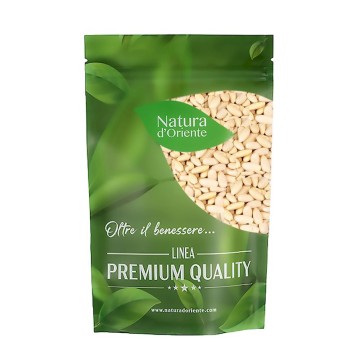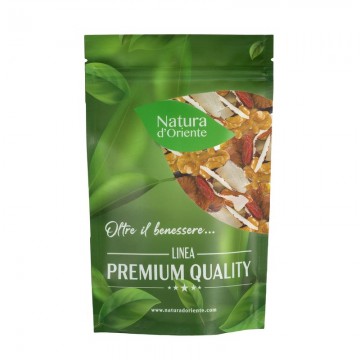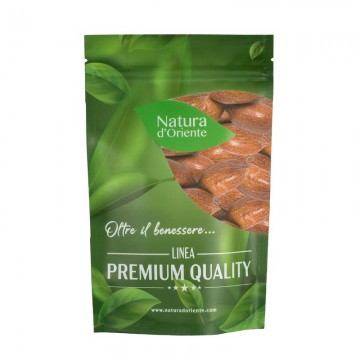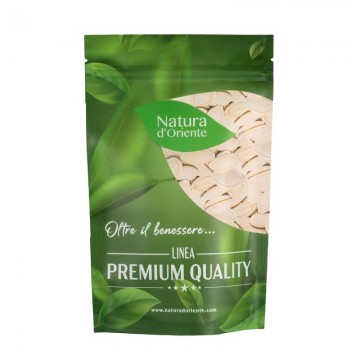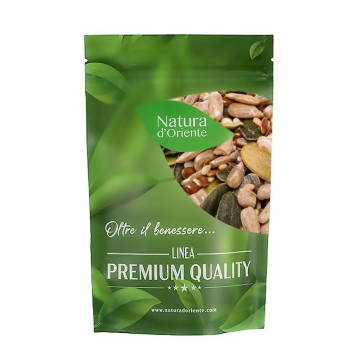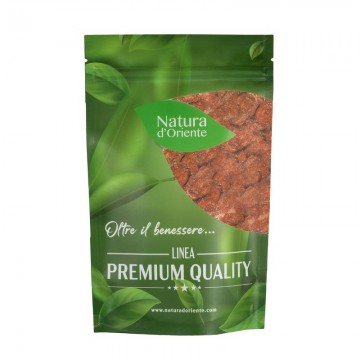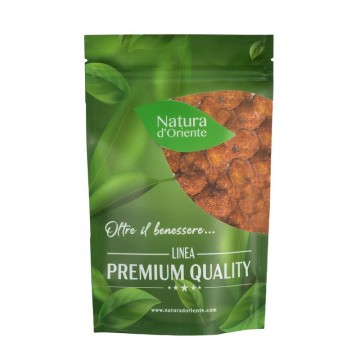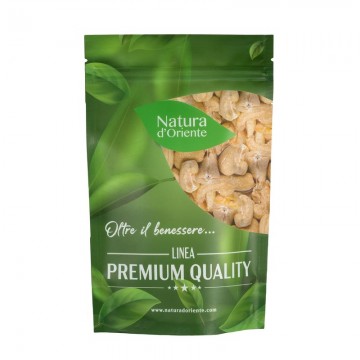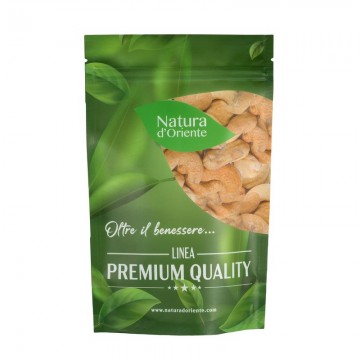Macadamia is a tree native to Australia, now grown in various countries, from Hawaii to South Africa. Two of the four known species are grown for commercial food purposes.
Macadamia nuts properties and benefits
Macadamia nuts have nutritional characteristics similar to those of other nuts. Macadamia nuts in particular are very energetic and rich in B vitamins, despite being very fat, the majority of these fats are composed of monounsaturated fats.
Nutritional values of macadamia nuts
One hundred grams of product provide the beauty of 689 kilocalories which, however, is in line with the energy intake of other types of dried fruit. As we said out of one hundred grams of product many are fat, as many as 59, but they are monounsaturated fats that normally do not raise cholesterol.
Like all nuts, macadamia nuts are rich in antioxidants . The nutritional peculiarity of macadamia is the high content of palmitoleic acid, a non-essential monounsaturated fatty acid of the Omega 7 class, which is very rare. Good supply of vitamins of group B among which that of Thiamine (B1) stands out, center grams of gift there macadamia contain 0.7mg which are 63% of the average recommended daily ration of 1.1mg.
Macadamia nuts in the diet
A reasonable amount (in terms of calories) such as 30g of macadamia nuts ensures about a quarter of your daily vitamin B1 requirement. As for the benefits deriving from good fatty acids and palmitoleic acid in particular, the latest studies show that olive oil is better to keep bad cholesterol down, while the slimming effects are confirmed. It would seem that palmitoleic acid, contained in abundance in macadamia nuts, has the ability to "signal" fat and sugar deposits to the muscles and therefore helps them to burn them.
Toxicity to pets
If you own a dog or other pet you should already know that the reasoning "it doesn't hurt me, it will be good for him too" has filled cemeteries with puppies, it is well known for example that raisins are toxic to dogs. Macadamia nuts are too, given the very hard shell in the environment there is no risk (however, it is not that in Italy there are macadamia plants around the corner) but if you have shelled them in the kitchen, keep this in mind. Among the most common symptoms of macadamia nut poisoning in dogs (in cats, squeamish as they are unlikely to go and nibble on those hard nuts) difficulty walking, especially in the hind limbs and weakness. Vomiting is also a common symptom. Other symptoms include depression, tremors, and hyperthermia. As for the quantities, the minimum dose to be harmful is not clear, in the USA where, given the spread of these fruits, poisoning is more frequent, it has been noted that the response to toxins varies greatly from animal to animal, in extreme cases. on the downside, symptoms have been reported with ingested quantities starting from 2.2 grams per kilo of body weight of the animal up to cases in which the necessary quantity rose to 62.4 grams per kilo of body weight.
History and cultivation
The Australian aborigines had been consuming them for a long time, but the cultivation by the Australians began much later, only in 1857 the German botanist Ferdinand von Müller director of the Melbourne botanical garden along with colleague Walter Hill, director of the Brisbane Botanical Garden, described the genus Macadamia, the name was given to pay homage to the Australian (but native of Scotland) chemist and politician friend John McAdam.
Commercial cultivation will start in a limited way a few years later, but only in the 1980s did it begin to truly develop on a large scale in New South Wales.
At the beginning of the last century they were introduced in Hawaii where the local department of agriculture encouraged their cultivation in 1910 and the islands soon became an important producer.
For a while thanks to Hawaiian production, the USA was the largest producer of Macadamia nuts, but was later overtaken again by Australia and also by South Africa and they are currently the land of kangaroosand the southernmost country of the Black Continent and contend for primacy and dominate world production.
Plant and fruit
The Macadamia genus includes four species: Macadamia integrifolia, Macadamia jansenii, Macadamia ternifolia (the species described by von Müller,) Macadamia tetraphylla. Only two species are widely cultivated for food use: Macadamia integrifolia and Macadamia ternifolia. Macadamia jansenii is absolutely unsuitable for food because it contains toxic quantities of cyanogenic glycosides. Macademia is an evergreen tree of the Proteaceae family (a family of plants distributed in the southern hemisphere that includes about 80 genera divided into 1600 species) that can grow from 6 to 40 meters in height. In addition to agriculture, it is also appreciated as an ornamental tree because it has a large and compact crown. The plant does not produce commercially viable quantities of walnuts for up to 7-10 years but then guarantees a hundred years of harvests.
Macadamia nuts in the kitchen
Walnuts in the kitchen are widely used in both sweet and savory preparations it was not difficult to find recipes, always aiming for simple dishes this time we chose a first course
SPAGHETTI WITH CARROT AND MACADAMIA NUTS PESTO
Ingredients (doses for 4 people)
320gr of spaghetti
3 medium sized carrots
50gr of macadamia nuts
50gr of Parmigiano Reggiano
1 clove of garlic
3 tablespoons of extra virgin olive oil
q.b. of salt
Preparation
1) Wash the carrots, clean them and slice them thinly.
2) Put the carrot pieces in a blender along with the macadamia nuts.
3) Add a clove of garlic deprived of the inner core.
4) Blend
5) Add the parmesan, salt and oil drizzle.
6) Continue to blend intermittently and add more oil gradually if necessary.
7) Take the mixture from the mixer and transfer it into a jar.
8) Meanwhile cook the pasta in plenty of salted water.
9) In a bowl, dissolve and mix the carrot and macadamia nut pesto with a little cooking water (from the pasta), to make a creamy pesto.
10) Sauté the spaghetti al dente in a pan with the pesto.
Recipe source: Angie's Taste, Love and Fantasies on Blog GZ

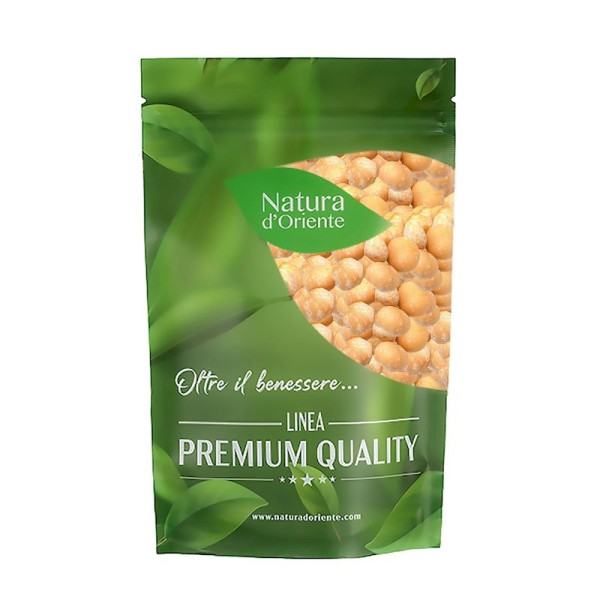













 No reward points for this product.
No reward points for this product.
